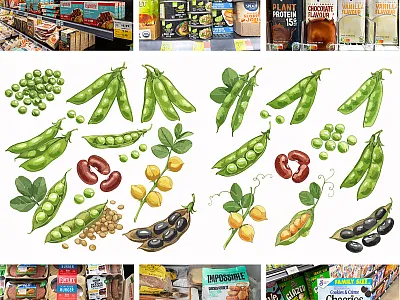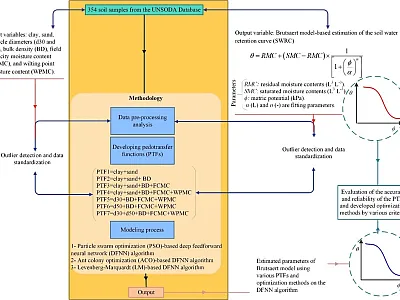Integrated weed management is important for smutgrass control in bahiagrass forages
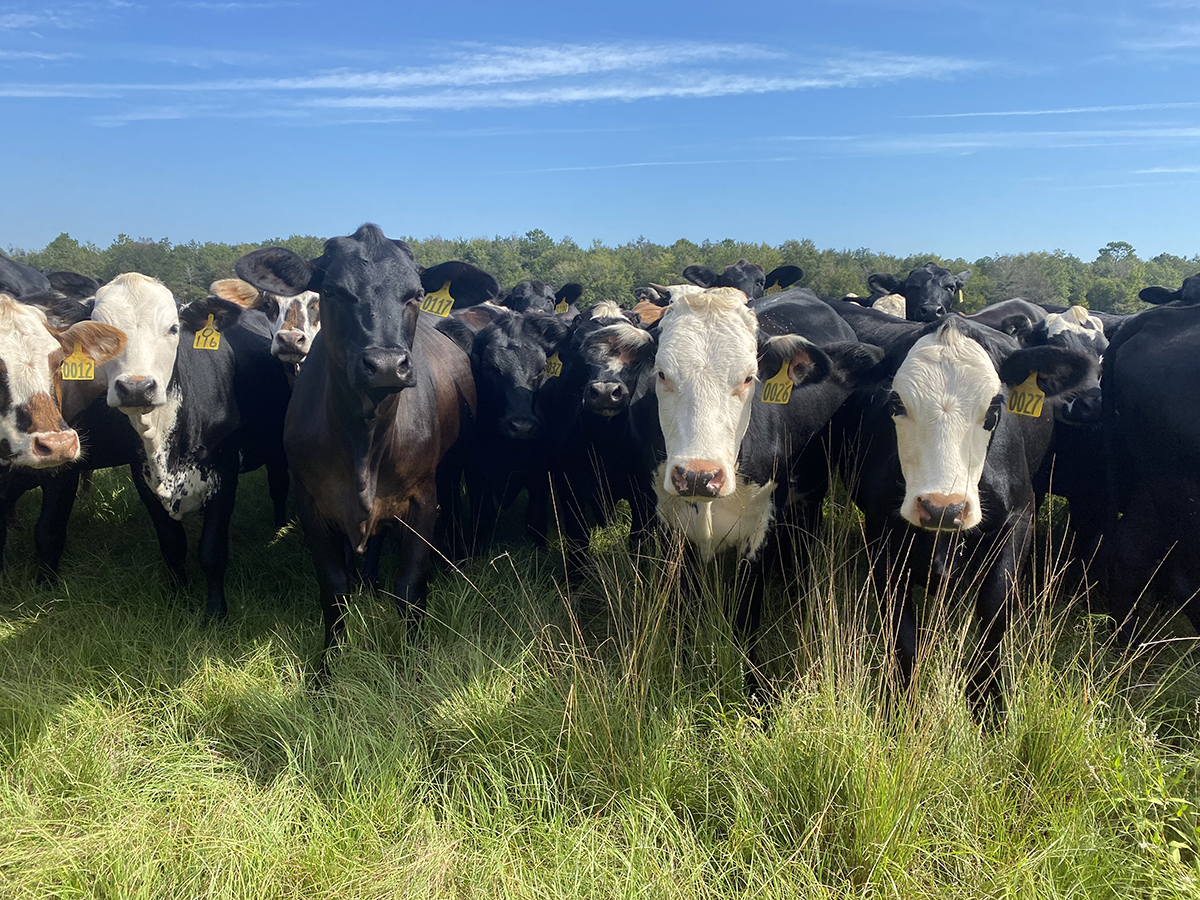
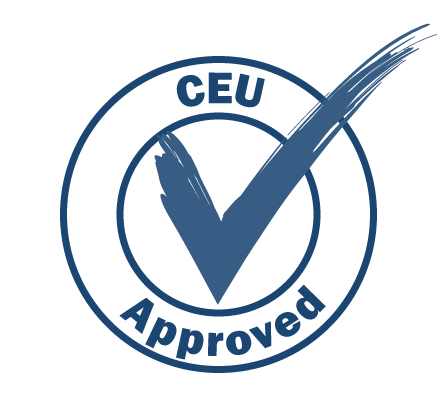
Bahiagrass is one of the most predominant warm-season grasses grown in the southern Coastal Plains Region in the southeastern United States. However, weeds can be problematic, especially perennial weeds such as smutgrass. Hexazinone has been identified as an effective management tool for controlling smutgrass in bahiagrass, but timing the application to receive adequate precipitation is challenging. Recent research has shown that a timely fertilizer application following hexazinone can accelerate bahiagrass recovery, giving it a competitive advantage over other weed species. This article reports on an experiment that set out to evaluate population shifts in bahiagrass forage following the implementation of integrated herbicide and fertilizer management plans for controlling smutgrass. Earn 0.5 CEUs in Integrated Pest Management by taking the quiz for the article.
Bahiagrass is one of the most predominant warm-season grasses grown in the southern Coastal Plains Region in the southeastern United States. However, weeds can be problematic, especially perennial weeds such as smutgrass. Extensive research has identified hexazinone as an effective management tool for controlling smutgrass in bahiagrass, but timing the application to receive adequate precipitation is challenging. Lack of rainfall will result in reduced efficacy because the hexazinone is not moved into the rootzone while rainfall exceeding 3 inches could result in hexazinone moving beyond the rootzone. More recent research in Georgia and Florida has shown that a timely fertilizer application following hexazinone can accelerate bahiagrass recovery, giving it a competitive advantage over other weed species.
Unfortunately, weed seed banks are dynamic in sod-based systems, and disturbances to the systems (i.e., smutgrass removal) can provoke the germination of weed seeds and a shift in the species distribution. Shay et al. (2022) found that including pre-emergent (indaziflam) and post-emergent (hexazinone) herbicides in addition to fertilization (nitrogen and potassium) improved the bahiagrass stand. Timely weed suppression removed competition while fertilizer provided essential nutrients for optimum bahiagrass growth and recovery, allowing it to fill in the gaps left by controlled weeds. However, no studies have yet addressed long-term sward responses to herbicide applications of hexazinone with indaziflam and/or fertilizer in bahiagrass forage systems. The objective of this experiment was to evaluate population shifts in bahiagrass forage following the implementation of integrated herbicide and fertilizer management plans for controlling smutgrass.
Brief overview of methods
This small-plot experiment included four herbicide and three fertilizer treatments, totaling 12 treatment combinations. Herbicides were only applied to plots in the initial year as described in Shay et al. (2022). Herbicide treatment levels included: unsprayed control, pre-emergent (PRE; indaziflam), post-emergent (POST; hexazinone), and a combination of both pre- and post-emergent (PRE+POST) (Table 1). Fertilizer treatment levels included: unfertilized control, nitrogen only (N), and nitrogen plus potassium (N+K) (Table 1). Plots were rated for cover from bahiagrass, smutgrass, and other species every four to five weeks during the bahiagrass production season. Bahiagrass hay production expenses were calculated under the hay production calculator in the University of Georgia 2024 Bahiagrass Forage Enterprise Budget (Table 2).
| Treatment | Products | Rates | Timings |
|---|---|---|---|
| Herbicides |
|
|
|
Control | None | n/a | n/a |
PRE | Indaziflam | 0.05 lb ai/ac | Spring of initial year |
POST | Hexazinone | 0.87 lb ai/ac | After July harvest of initial year |
PRE + POST | Indaziflam + hexazinone | 0.05 lb ai/ac + 0.87 lb ai/ac | Spring of initial year and after July harvest of initial year |
|
|
| |
| Fertilizers |
|
|
|
Control | None | n/a | n/a |
N | Ammonium nitrate | 50 lb N/ac | Following green-up and after the July harvest |
N + K | Muriate of potash | 50 lb N/ac + 56 lb K2O/ac | Following green-up and after the July harvest |
| Treatment componentsa | Treatment expenses | Total expenses incurred over three years | ||||
|---|---|---|---|---|---|---|
| POST | PRE | Fertilizer | Product | Application | Total | |
$/ac | ||||||
| None | None | None | - | - | - | - |
| N and N+K | $104 | $20 | $121 | $729 | ||
| Indaziflam | None | $84 | $10 | $94 | $94 | |
| N and N+K | $188 | $27 | $215 | $820 | ||
| Hexazinone | None | None | $124 | $10 | $131 | $131 |
| N and N+K | $225 | $27 | $252 | $860 | ||
| Indaziflam | None | $207 | $17 | $225 | $225 | |
| N and N+K | $432 | $45 | $477 | $1,085 | ||
| Hay production (with recommended herbicide and fertilizer)b | $14,393 | |||||
| Hay production (no herbicide) | $12,563 | |||||
| Hay production (no herbicide or fertilizer) | $7,005 | |||||
| Bahiagrass renovation | $2,042 | |||||
| Bahiagrass renovation + two grazing seasons | $4,329 | |||||
a Treatment components included PRE (pre-emergence, indaziflam, 0.05 lb ai/ac), POST (post-emergence, hexazinone, 0.87 lb ai/ac), and Fertilizer (50 lb N/ac, applied as ammonium nitrate, 34% N; 50 lb N/ac+ 50 lb K2O/ac applied as muriate of potash). b Bahiagrass hay production, renovation, and grazing expenses calculated with the Georgia 2024 Bahiagrass Forage Enterprise Budget. | ||||||
Changes in ground cover percentage over time
Regardless of the level of smutgrass coverage at study initiation, several interesting trends emerged throughout this experiment. After Year 1, the POST herbicide reduced smutgrass coverage regardless of PRE or fertilizer applications (Table 3, P < 0.01). When no POST was applied, the PRE and fertilizer were both required to decrease smutgrass ground cover below that at study initiation (Table 3, P < 0.01). All treatments exhibited reduced smutgrass coverage during Year 3 of the evaluation relative to the level at study initiation (Table 3, P < 0.05). This indicates that the complete removal of biomass by mowing had the unintended benefit of decreasing smutgrass coverage over time.
| Treatment componentsa | Year 1 | Year 2 | Year 3 | |||||
|---|---|---|---|---|---|---|---|---|
| POST | PRE | Fertilizer | Start | End | Start | End | Start | End |
| None | None | None | 37 | 27 | 13** | 26 | 19** | 20** |
| N and N+K | 24* | 31 | 18** | 24* | 19** | 25* | ||
| Indaziflam | None | 33 | 35 | 27 | 27 | 24* | 22* | |
| N and N+K | 29 | 22** | 25* | 25* | 19** | 22** | ||
| Hexazinone | None | None | 34 | 5** | 10** | 9** | 10** | 15** |
| N and N+K | 26* | 2** | 7** | 5** | 10** | 10** | ||
| Indaziflam | None | 32 | 7** | 5** | 9** | 17** | 12** | |
| N and N+K | 28 | -1** | 8** | 8** | 10** | 14** | ||
Note: standard error of the mean (SEM) = 5.6%. a Treatment components included PRE (pre-emergence, indaziflam, 0.05 lb ai/ac), POST (post-emergence, hexazinone, 0.87 lb ai/ac), and Fertilizer (50 lb N/ac, applied as ammonium nitrate, 34% N; 50 lb N/ac + 50 lb K2O/ac applied as muriate of potash). *Difference from nontreated control at initiation at alpha 0.05. **Difference from nontreated control at initiation at alpha 0.01. | ||||||||
Hexazinone (POST) played a critical role in removing smutgrass from bahiagrass forage systems in the first year following application. Still, only the POST + Fertilizer treatment was able to maintain the greater bahiagrass coverage at the end of Year 3 compared with all other herbicide and fertilizer combinations (data not shown, P < 0.05). When the smutgrass was removed from the plots, there was a risk of shifting weed populations and the introduction of opportunistic annual and perennial weeds. However, these other opportunistic weeds never comprised more than 5% of the canopy on average during this evaluation and were thus excluded from statistical analyses.
Although herbicide applications in this study proved efficacious for the control of smutgrass, frequent mowing also reduced smutgrass coverage in this study. Mowing can decrease the diameter of the smutgrass plants but will increase the number of plants through seed disbursement; complete termination is highly unlikely. More research would be needed to confirm the relationship between mowing frequency and carbohydrate stores in smutgrass; however, harvesting hay from bahiagrass is not economically viable (Table 2).
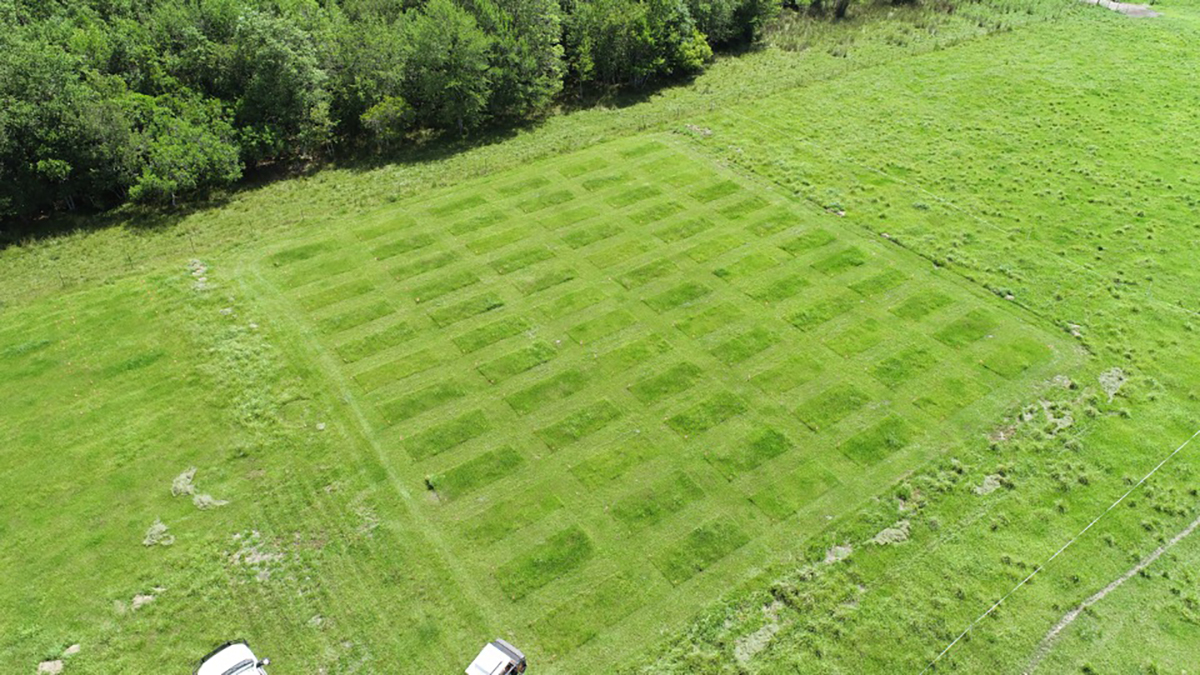
Economic implications of smutgrass control options
The treatment costs summed across the three seasons are presented in Table 2. These varied greatly from $94/ac for PRE alone to $1,085/ac for PRE + POST + Fertilizer. It may be tempting for producers to use only the POST to control smutgrass, but bahiagrass can decline over time with the absence of fertilizer. Again, the POST + Fertilizer treatment was the only treatment able to maintain the greater bahiagrass coverage at the end of Year 3 compared with all other herbicide and fertilizer combinations. This treatment totaled $860/ac across the three-year experiment. Hay production and renovation are even more expensive.
Practical implications
The importance of hexazinone in smutgrass control in bahiagrass forage was confirmed in these studies. Fertilizer helped the bahiagrass recover from the limited initial injury of hexazinone and gave it a competitive advantage over weedy species, resulting in the greatest bahiagrass coverage by the conclusion of the experiment. It appears that smutgrass is less tolerant than bahiagrass to frequent complete defoliation events that simulate a hay harvest, but more research is needed to confirm this theory. Unfortunately, hay harvesting is not agronomical or economically effective for bahiagrass stands.
Self-study CEU quiz
Earn 0.5 CEUs in Integrated Pest Management by taking the quiz for the article at https://web.sciencesocieties.org/Learning-Center/Courses. For your convenience, the quiz is printed below. The CEU can be purchased individually, or you can access as part of your Online Classroom Subscription.
What is the most challenging factor impacting hexazinone efficacy?
a. Sunlight.
b. Rainfall.
c. Cloud cover.
d. Wind.
Disturbances to forage systems (i.e., smutgrass removal) can provoke the germination of weed seeds and shift species distribution.
a. True.
b. False.
Which input reduced smutgrass coverage the quickest?
a. Indaziflam (PRE).
b. Hexazinone (POST).
c. Fertilizer.
d. Mowing.
The only treatment in this study able to maintain the greater bahiagrass coverage at the end of Year 3 was
a. PRE.
b. POST.
c. PRE + Fertilizer.
d. POST + Fertilizer.
What is the costliest method of controlling smutgrass evaluated economically in this study?
a. Herbicides and fertilizers.
b. Grazing .
c. Renovation.
d. Hay production.
Text © . The authors. CC BY-NC-ND 4.0. Except where otherwise noted, images are subject to copyright. Any reuse without express permission from the copyright owner is prohibited.




